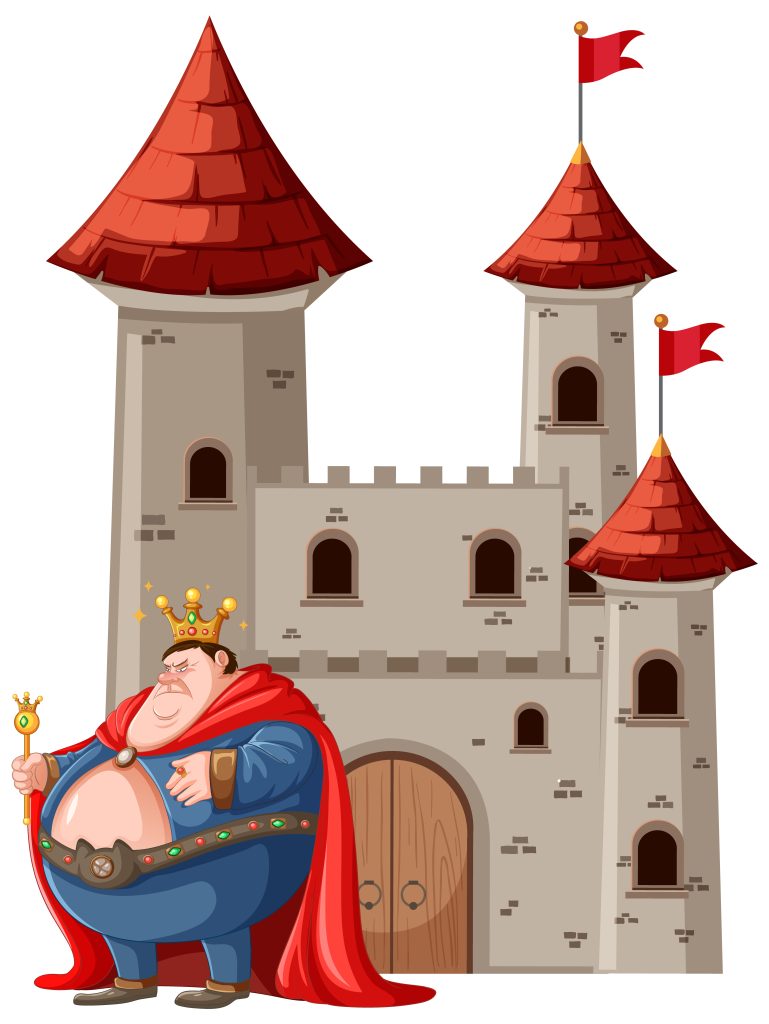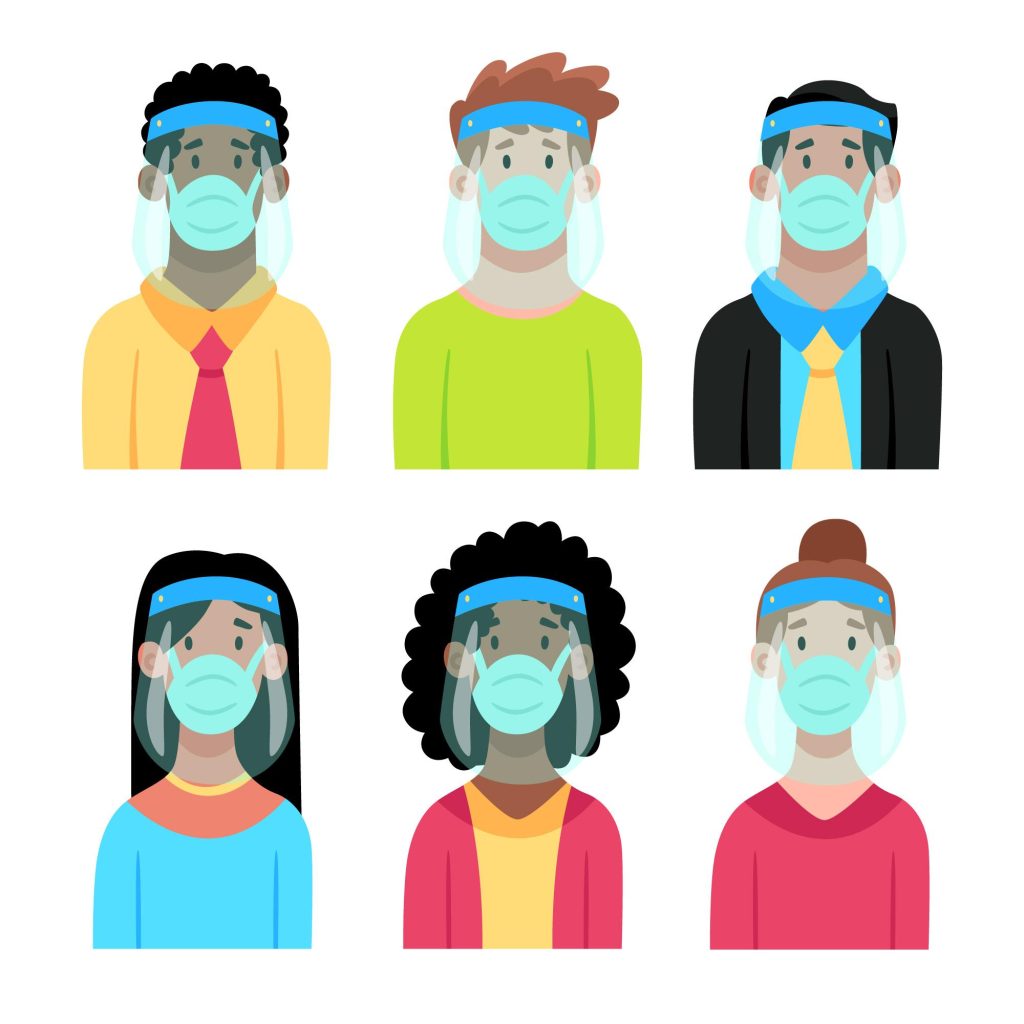The widespread inclusion of women in the workforce, starting in the latter half of the 20th century, is not merely an important economic development. It marks an historic rebalancing of gender power dynamics and sets off an unprecedent cultural reconstruction.

For the first time, the subordinate half of the human species gained direct access to economic power – independent of a male intermediary. Over the ensuing decades, women would rise through power hierarchies in industry, business, and government. They brought with them a new feminine perspective that would challenge, and ultimately transform the embedded beliefs and practices underpinning the culture.
It’s simple enough to chronicle the economic forces that behind this transformation: the shortage of working aged men during two world wars; the automation of assembly lines; and the growth in service industries.
Technical improvements in automation meant that the physical advantage men possessed over woman became less important. And on assembly lines, employers soon discovered that women performed better than their male counterparts.
Service Sector Values Feminine qualities
More significantly, employers in the burgeoning service sectors discovered that the skills and qualities they valued most were those that were innately feminine. Consider the qualities sighted in service industry job advertisements: communication skills, inter-personal acumen, listening, patience, empathy, emotional intelligence, collaboration. Not exactly the qualities we attribute to an alpha-male.

Men can develop these skills and attributes to much the same degree as women. But men are also stereo-typically more opinionated, aggressive, prone to rock the boat, challenge procedures, and take unnecessary risk. Service industry employers – such as supermarkets, retailers, call centres, logistics, banks, and insurance companies–expect employees to meticulously follow the efficient systems and procedures they’ve implemented. For the service sectors, quintessentially masculine qualities are undesirable.
Naturally, the more economic power women got, the more attention women’s issues received in newspapers, magazines, on TV, in films, and books. The feminine perspective escaped from the kitchen onto the street, into offices and factories, and infiltrated boardrooms and government departments.
Gender Studies and Inequality
By the 1970s, the first university courses in women’s studies emerged. Their central theme, gender inequality, exposed how western culture, economics, and social structures limited women’s opportunities and rights. The ensuing graduates entered the workforce, rose through the ranks, and challenged the embedded misogyny.
Throughout the 1980s and 90s, governments throughout the west are hastily enacting legislative reforms to align with the changing public opinion and redress gender inequality. Employers are subject to financial penalties and civil claims for breaching equal opportunity legislation. Family Law is redrafted to redress the power imbalance in child custody battles, maintenance payments and property settlements.
Here’s how a gender studies major might depict the world of the 1950s:
A man’s world
Upon returning from work, the dutiful wife greets her husband with a chilled beer. Dinner is warming in the oven as he unwinds in an armchair with the afternoon paper. She may inquire about his day while offering to remove his shoes and fit his slippers.
Men are the primary breadwinners, allocating housekeeping budgets and discretionary pocket money to their wives. Women are relegated to domestic duties, spending their days in the kitchen and laundry: cooking, washing, cleaning, ironing, darning, and knitting.

University enrolment for women is rare. The assumption is that they all aspire to marry well and raise children, akin to characters in a Jane Austen novel.
Divorce is taboo, marking the wife as a failure. She is subject to various negative aspersions, including that of a fallen woman, an irresponsible mother, a poor housekeeper, or even mentally deficient. The innuendos pervade her social circles, from friends, neighbors and to her own family.
As the song goes, it’s a man’s world. The home is a man’s castle. Fathers administer discipline with the notion that sparing the rod spoils the child. Corporal punishment is routine in schools, and emotional displays are a sign of womanly weakness. Parents and teachers tell children that: “sticks and stones may break your bones, but words can never hurt you.” The era is characterized by moralism, church attendance, a strong work ethic, and pervasive aggression, violence, bigotry, and hypocrisy.
You may debate the fairness or exaggeration of this depiction, but not the subsequent dramatic feminization of society over the ensuing decades.
The rise of the devouring mother
Today, words are more dangerous than broken bones. Corporal punishment is prohibited and abhorrent. And no one is sufficiently safe. We’ve got 30km/h speed limits, mandatory bicycle helmets, even Irish jokes are dangerous. Routine social interactions require caution to traverse the overladen verbal minefields. Clumsy pejoratives hazard social exclusion and/or loss of employment.
We’ve got health and safety, ergonomic safety, environmental safety, and food safety. There are noise hazards, temperature, lighting, biological and chemical hazards. There’s sun safe, safe sex, safe exercises, and safe spaces… And there’s an insurance cover for every risk you can imagine. As you can never be too safe.

We’re all mother’s infants now
There is no limit to the protection an infant requires during the first eighteen months. But as they develop into toddlers and children, parents should progressively step-away and allow space for unsupervised play. Children need to fight and argue with their peers. They need grazed knees, fractured limbs, and bruised egos; to climb trees and jump the neighbours’ fence. They learn and develop by falling and picking themselves up.
Now we’ve become helicopter parents. We pamper our children with gifts, fatten and soften them up by satiating every whim. We overprotect, mollycoddle, and mother our children well past an appropriate age, and thereby stunt their development.
The consequence is an epidemic of diabetes, obesity, allergies, bi-polar disorder, anxiety, attention deficit, self-harm, suicidal ideation, and prescription medication.
We are safe from bullies, bigots, sexists, and homophobes. But we are not safe from ourselves. No civilisation in history has ever been as safe from violence, nor as comfortable as we are today in western democracies, and at the same time, we’ve never been as anxious, stressed, or neurotic.
From safety, anxiety to neurosis…

The proliferation of diets like low-calorie, gluten-free, vegan, vegetarian, Keto, and Atkins reflects a growing cultural obsession with health. Many people now suffer from lactose intolerance and allergies to peanuts, eggs, bread, and shellfish. Hay-fever and asthma cases seem more common than ever. We’re constantly monitoring our blood sugar and cholesterol levels, and questioning whether we floss enough, or too much. Regular health checks, dental visits, and screenings for breast and prostate cancer have become routine. We even scrutinize daily habits like step counts, posture, and hydration. This intense focus on health may be a manifestation of our increasing anxiety and neuroticism.
Using fear selling products and services is as old as time. What’s new is the dizzying volume, scale, and proliferation of threats. When there are no limits to the dangers, there are no limits to the protection you need. In essence, we are all cast as the helpless newborn infant.
Our public discourse about gender roles is one-sided, clumsy, emotive, and adolescent. Masculinity is oriented towards action. It is much less comfortable than its counterpart in expressing itself when walking on eggshells and emotional minefields. Whilst the misogynist charge remains reflexive, masculinity will instinctively withdraw from the conversation.
Masculine withdrawal
The history of excess masculinity is violence, militarism, world wars, genocide, a holocaust, colonial exploitation, and the subjugation of females. That’s enough reason for men and boys to distrust their own instincts, tame, contort, and withdraw.
There is now a hyper-sensitive to any hint of toxic masculinity. The excess masculinity detectors are on alert even amidst men only gatherings.
The less Yang, the more Ying. As night follows day, the withdrawal of masculinity leads to the expansion of its feminine counterpart. We are in unchartered waters; we know how excess masculinity scales, what we are discovering are the consequences of excess femininity.
Here we return to the message inscribed above the entry to the Delphic Temple is “Know thyself.”
Civilian labor force participation rate (bls.gov)
The State of Mental Health in America | Mental Health America (mhanational.org)
A world run by the spoilt, rich & really dumb – yeahbut news (yeah-but.com)
Acknowledgment to Freepik.com for the images in this post








